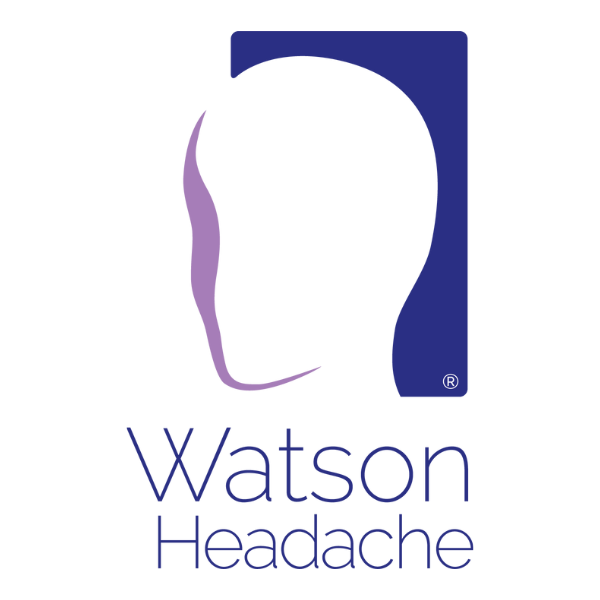Well, Watson could hardly sleep that night, excited about what the morning was going to bring. The neuroscientist barely had time to hang his coat before Watson started, “So if there is centrally driven central sensitisation (C-CS) it would be possible to reproduce typical headache when examining the upper cervical spine?” The neuroscientist nods.
Reproduction of Headache: A Key Diagnostic Criterion?
Watson’s colleague quickly points out, “I understood that temporary reproduction of head pain is a key diagnostic criterion of cervicogenic headache (CGH) but clearly, this is not CGH.” The neuroscientist nods again. “Then this criterion should be discarded,” exclaims Watson’s colleague. “Yes,” replies the neuroscientist, but Watson interjects, “Well, one can be suspicious of cervical involvement if this happens, but I agree, it is not conclusive of cervical relevancy.”
Watson continues, “I have been intrigued by this since the late 1980s because my clinical experience reinforced the relevancy of cervical afferents with temporary reproduction of headache – I assumed that this confirmed relevancy. But believing I needed to remodel (erroneously!/?) soft tissue, I started (in 1991) to sustain the technique/s which reproduced typical head pain.”
The Neuroscientist Becomes Excited
Well, the neuroscientist became animated, “What happened!” Watson went on to explain that the head pain lessened as the technique was sustained, “And I assumed that this was a good thing to do.”
The neuroscientist was beside himself, “This would not happen in a C-CS state – there would be aggravation”. Watson continues, “I have seen many different forms of primary headache in my 40,000 hours of clinical experience with those experiencing headache, migraine and comorbid conditions and it is very common (around 90%) to reproduce typical head pain and for resolution to occur as the technique is sustained. It is extremely rare for headache or migraine pain to worsen as a technique is sustained.”
“Well, how do we interpret resolution of head pain as a technique is sustained?” asks Watson’s colleague.
The Neuroscientist’s Perspective
“We know that sustained peripheral noxious afferents can result in chronic, but reversible CS and that removal or anaesthetising relevant cervical afferents leads to de-sensitisation, but we’re not sure how this happens,” replies the neuroscientist. “Certainly, this phenomenon suggests relevancy of cervical afferents in the CS process”.
Watson’s colleague responds, “But could it be that this phenomenon – reproduction and resolution – wakes up or activates the city dwellers (Serotonin, Diffuse Noxious Inhibitory Controls, and Conditioned Pain Modulation) – those responsible for C-CS?” “Well yes, there is this perspective,” acknowledges the neuroscientist.
Watson, eager to get back into the discussion mentions previous research that counters this perspective… the reflective neuroscientist then leans forward keen for more detail.

